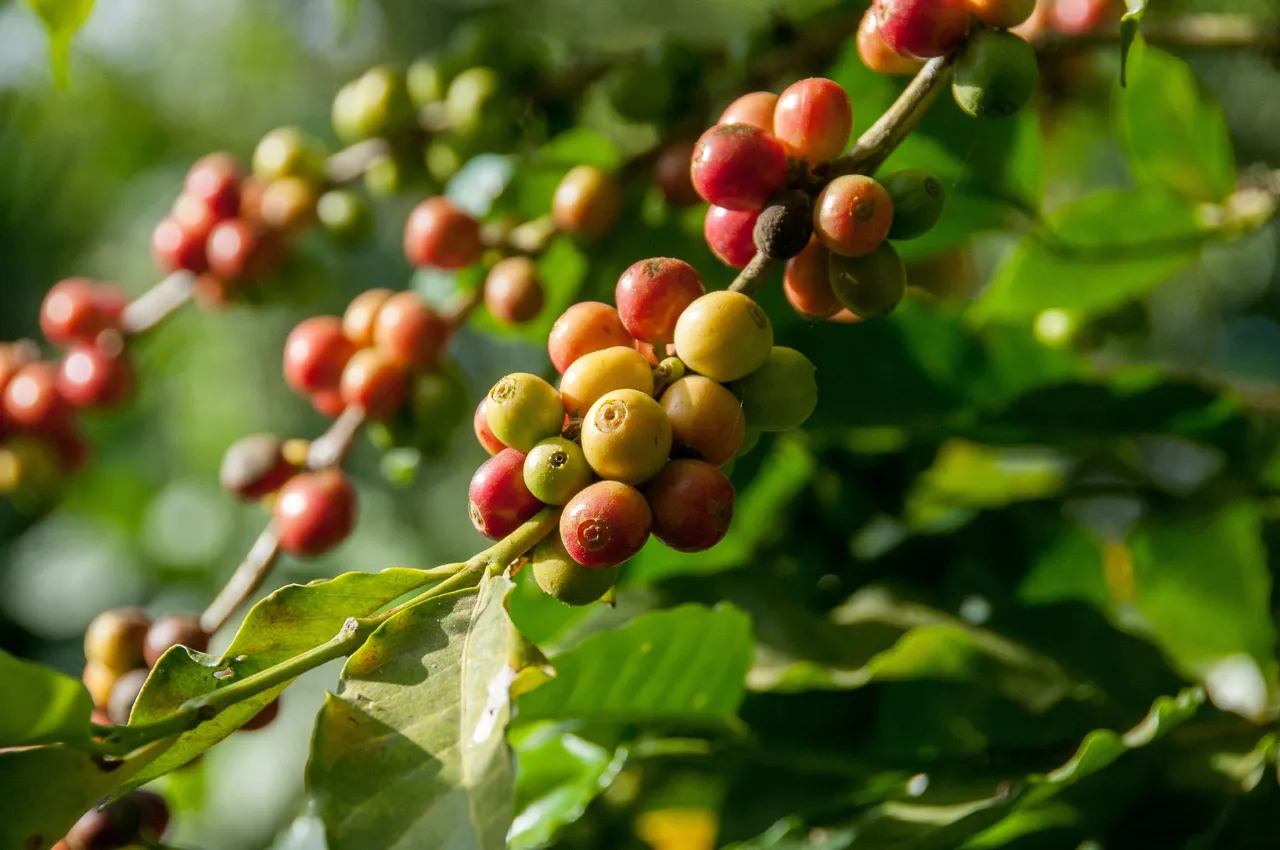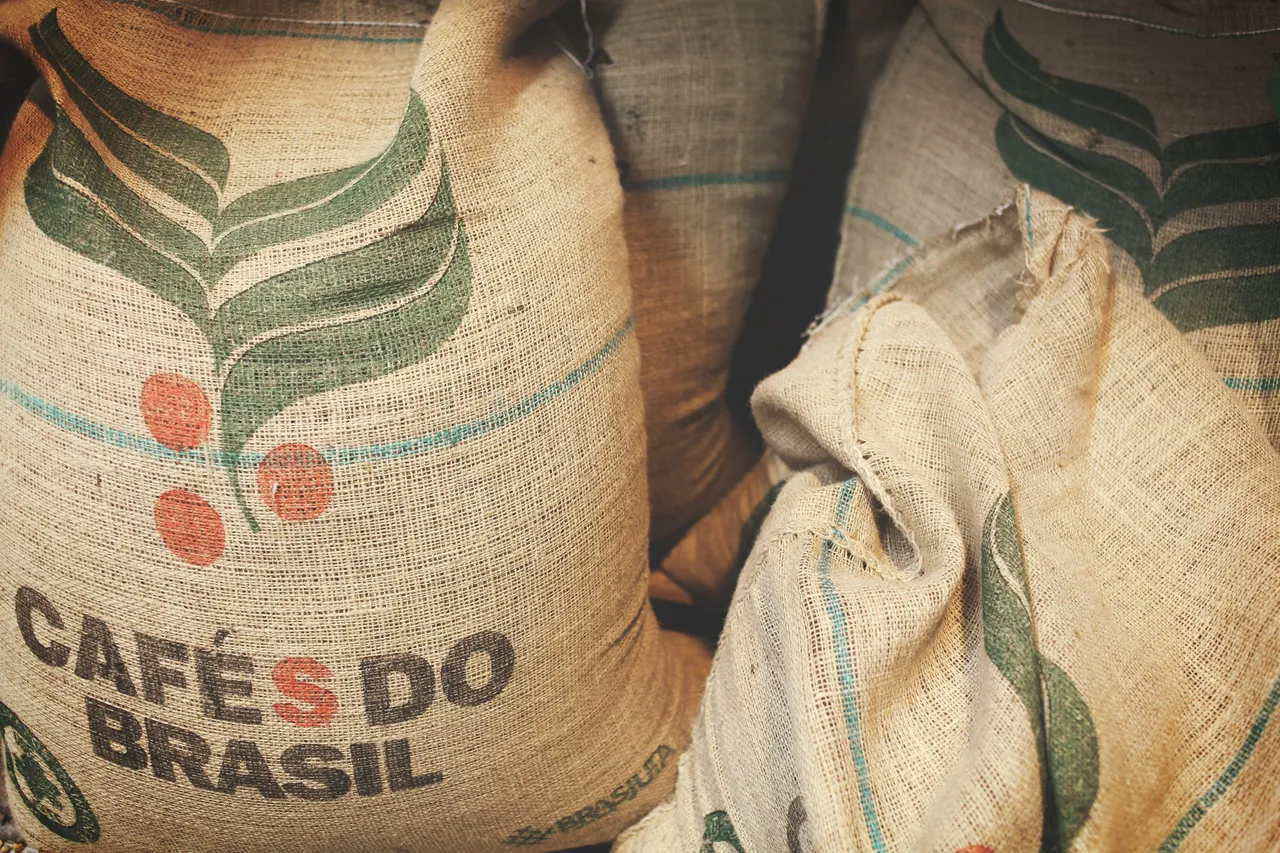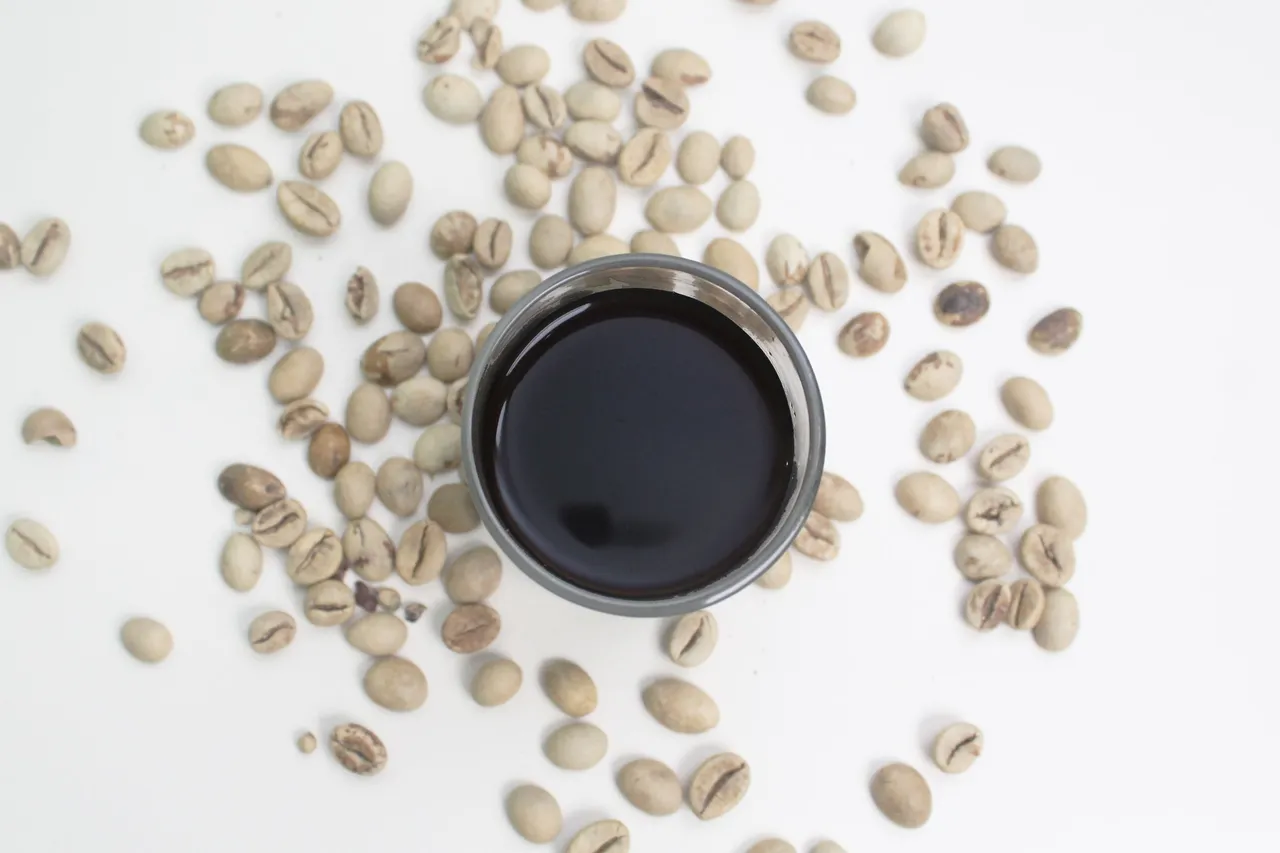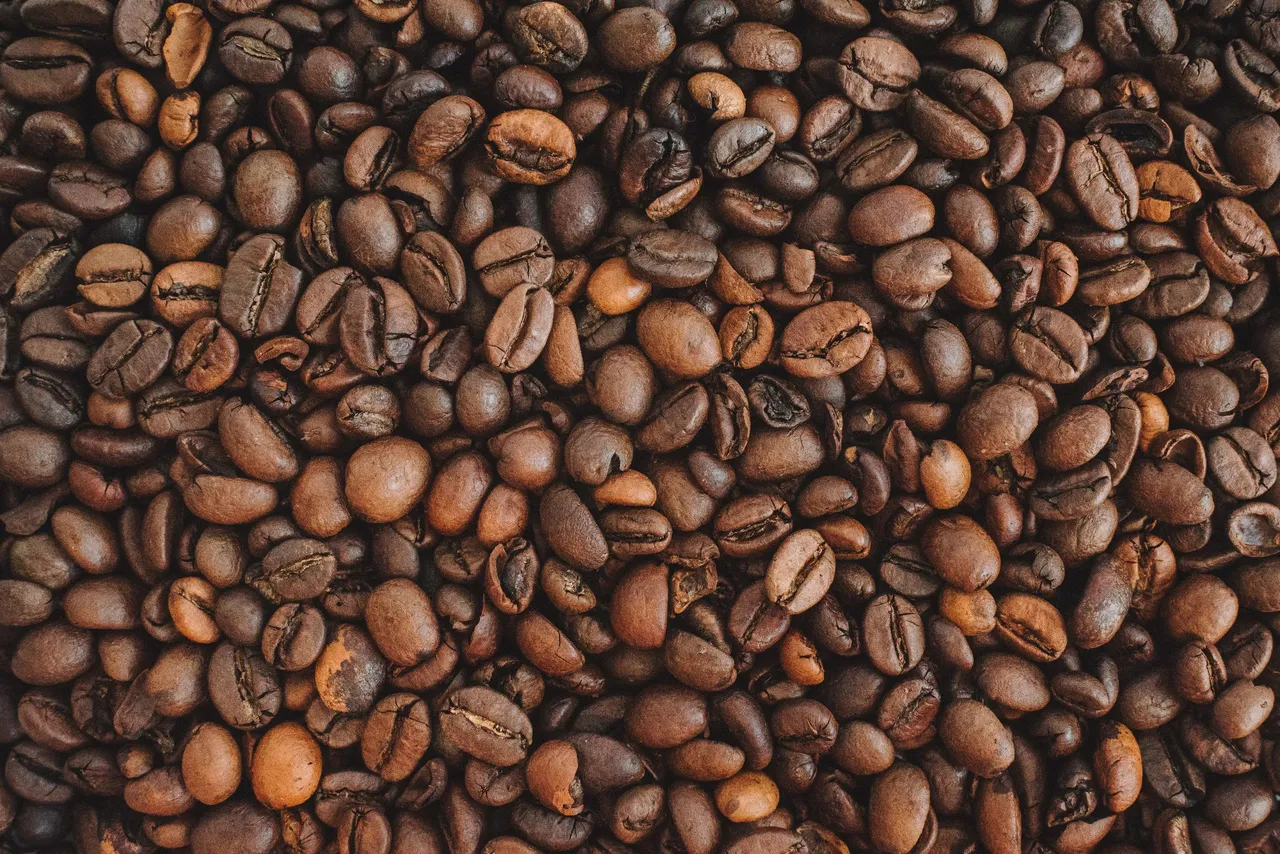Greeting Community members. Thank you for reading
Coffee Bean
A coffee bean is a seed of the Coffea plant. It is the pip inside the red or purple fruit. This fruit is often called the coffee cherry

Within the genus of Coffea, there are four main species of coffee beans.
- Arabica
- Robusta
- Liberica
- Excelsa
- Liberica
Place of origen
- The Coffea liberica plant originated in West Africa.
- It is primarily grown in Malaysia and the Philippines
Characteristics
- Liberica trees grow taller than robusta or arabica
- Beans are larger and more irregular in shape
- Can succeed in poorer soils.
Taste profile :
- Floral
- Fruity
- Smokey & Woody
- Full body flavor
Facts about Liberica
- Currently account for 2% of worlds coffee crop.
- Was once popular due to disease that wipe out much of the worlds arabica supply
- May become more popular in years to come due to climate change , making it more challenging to produce the more sensitive arabica reliably.

- Excelsa
Characteristics
- Recently reclassified as a type of Liberica as it grows in similar conditions - tall trees.
- Makes up 7% of current coffee market
- Coffee it produces is much different in taste .
Taste profile
- fruitier character than Liberica, with a tart acidity (makes it popular for adding complexity to blends)
Pro's of Excelsa:
- Appealing flavor profile
- Resilient, productive crop
Con's of Excelsa
- Regarded poor quality due to poor growing and processing practices , rather than the bean itself.
Excelsa has the potential to be a specialty grade coffee with the correct practices and processes.

- Robusta
Origen of Name
- Crop name comes from being more robust/resilient than the Arabica plants
Taste Profile:
- Darker, earthier flavor.
- subjected to a darker roast to better match their natural character.
- Nearly double the caffeine of Arabica
Advantages
- Can grow it in a broader range of environments.
- Less prone to disease.
- Yield a richer crema than Arabica beans
- Naturally dark and earthy character act as the perfect foil for sweet steamed milk in drinks like cappuccinos.
Disadvantage
- less popular than Arabica because its flavors and aromas aren’t as desirable.
- Considered low quality , although farmers and processors work to develop high-quality Robusta beans and Robusta-Arabica hybrids.

- Arabica
Places of Origen
- Ethiopia , where it grows wild.
- People first cultivated it in Yemen, and it is from there that it takes its name.
- 60% of commercial coffee production
Flavor Profile:
- Bright acidity
- Medium body,
- Multiple Flavor layers
Characteristics
- Easily influenced by their environment.
- Best at higher elevations, with high amounts of rain.
- Requires well-draining soil, minimal temperature variation and shade.
- Thrive in volcanic environments and mineral-rich soils.
Disadvantages:
- Can be challenging to grow Arabica coffee beans in environments that cannot meet those criteria.
- Most fragile.
- Cannot grow well without optimal conditions.
- Prone to fungal diseases like :
Coffee Leaf Rust
Coffee Berry Disease
Coffee Wilt Disease .
These are dangerous when Arabica plants are grown as monoculture.
Recommended preparation
- suited for brewed pour-over style, which lets their subtleties shine. more than espresso or immersion brewing.
Thank you for reading. Let me know in the comments which type coffee of bean is your favorite and how your experience with it was.
Sources :
https://www.homegrounds.co/coffee-bean-varieties/
https://districtroasters.com/blogs/news/types-of-coffee-beans
https://coffeeaffection.com/different-types-coffee-beans/
https://flavouronline.co.za/the-4-different-types-of-coffee-beans-explained/
Www.unsplash.com